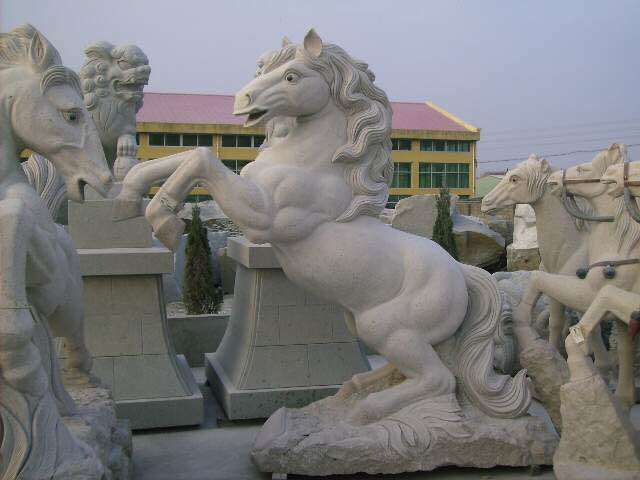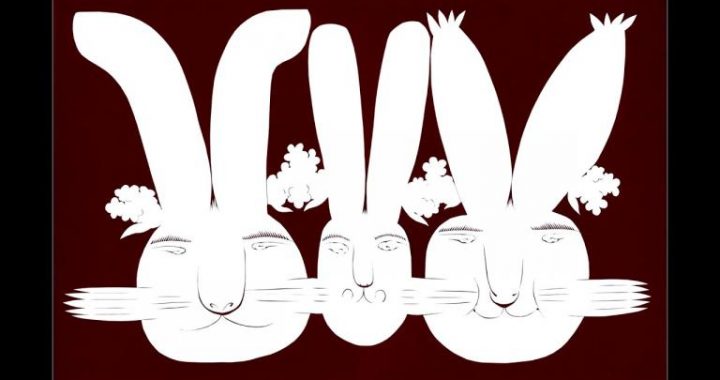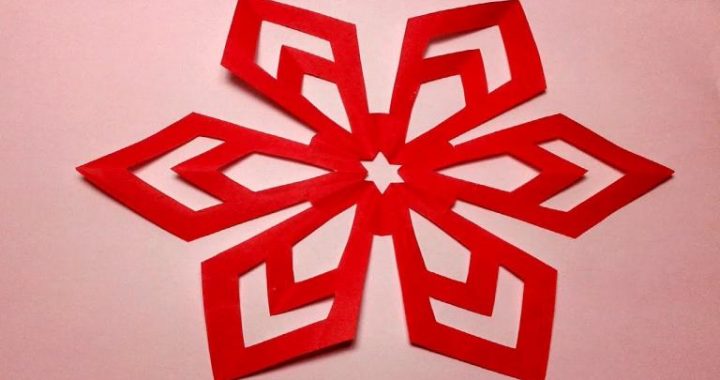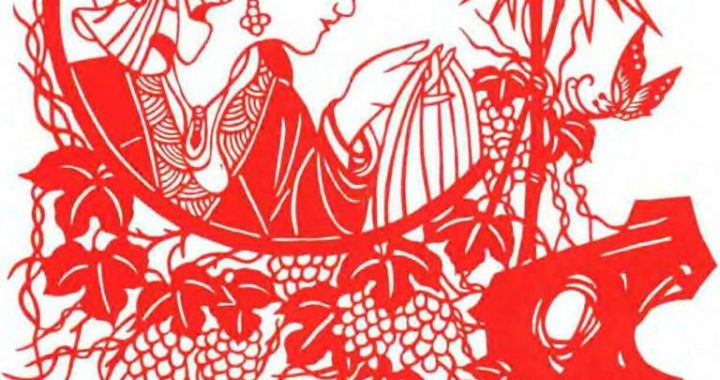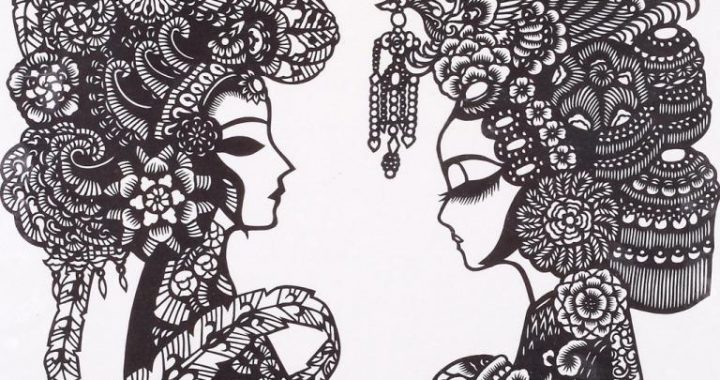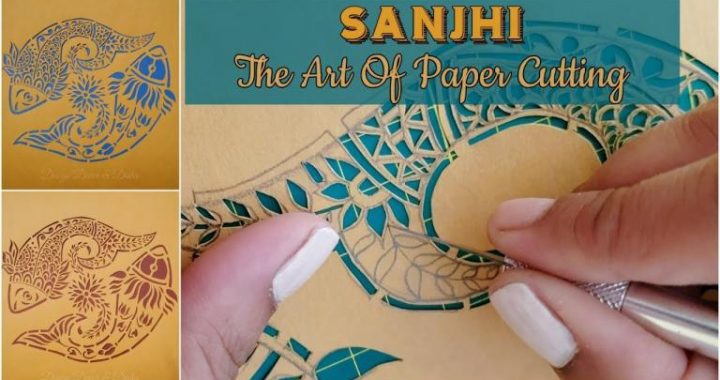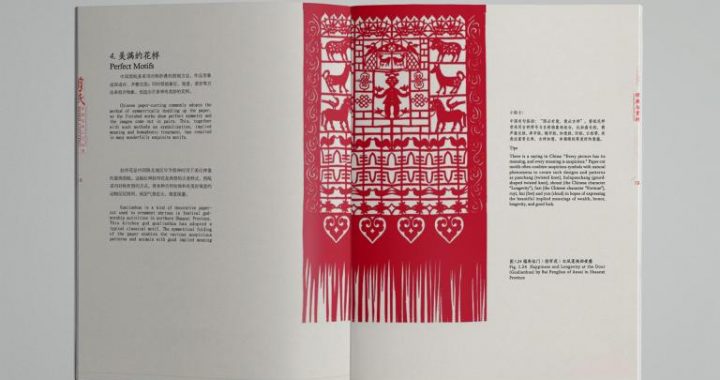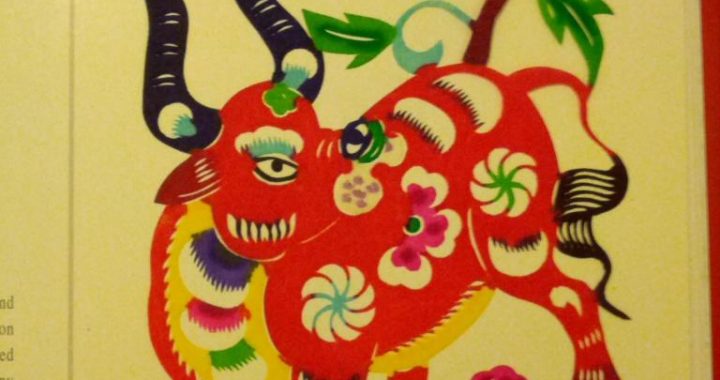Stone Carving
2 min readStone carving is an ancient activity where pieces of rough natural stone are shaped by the controlled removal of stone. Owing to the permanence of the material, evidence can be found that even the earliest societies indulged in some stone carving activities.
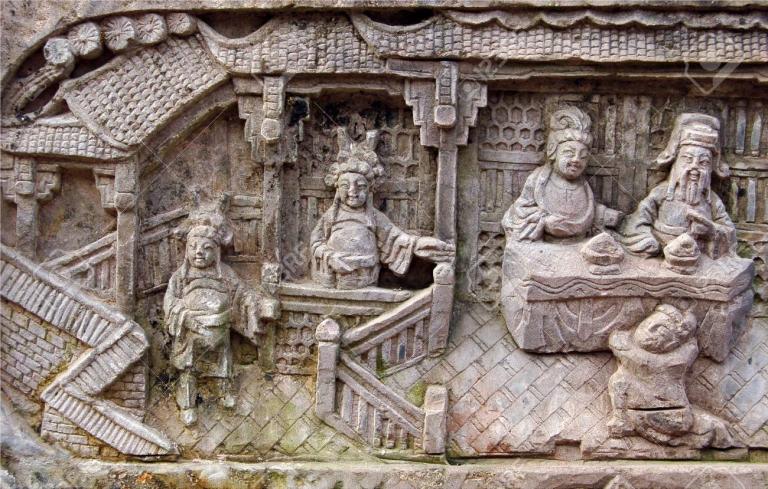
History
Beginning in New Stone Age, Chinese stone carving art developed rapidly and became more and more mature during Shang and Zhou Dynasty. The stone chimed with tiger engraving unearthed at Anyang, Henan Province in 19 50 displayed the beautiful sculpt, skillful cutting technique, and graceful and natural lines of stone carving. From Qin Dynasty to Tang Dynasty, stone carving art reached the peak, with many good stone carvings produced showing the simple, rough characteristics of Qing and Han stone carvings as well as the delicate and perfect characteristics of stone carving art in Tang Dynasty. The strong and lively Qin tombs with their pottery warriors and horses, exquisite Bodhisattva statue, tall and splendid Six Stone Steeds at the Zhaoling Mausoleum of the Tang Dynasty, etc. are all world famous and are regarded as the pearl in the treasure-house of human history.
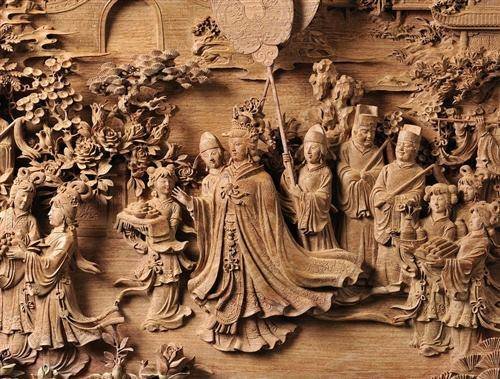
Characteristics
stone carving is mainly used for the base and tablet inscription of arch and civilian residence. It has a wide variety of ways to set up its modeling and composition. It can be divided into two types in terms of its characteristics: one is decorative, being fully developed, compact, well-organized and finely divided; the other is artistic, being simple, concise, and equally densified.
The carving methods are being perfect. Some carvings, overdone in carving either too deep or too shallow, are so interesting and impressive that till now under hundreds of years of wind and rain they still look attractive and are admired by people, especially those carving with three to four levels of architrave or railing board. The exquisite carvings are highly graded and combine different carving methods and techniques to extend the limited space, creating greater literary and artistic heights.
The manifestation of stone carving art is always limited by the nature and practicality of material, which determines the carving strategy. Not only is stone carving art limited by the nature of material but also it is limited by the function of construction components. Besides, it has high requirements for adaptability of composition, modeling and carving methods.
Carving technique must meet the art form and content which is the principle of stone carving art. Differences existing in content and aesthetic value during each period propel the development of stone carving technique from single and shallow to complex and changeable and then to single and shallow again. The latter is not just the repetition of the former; it actually develops from original simple and naive form of art to complicated and neat form of art.
